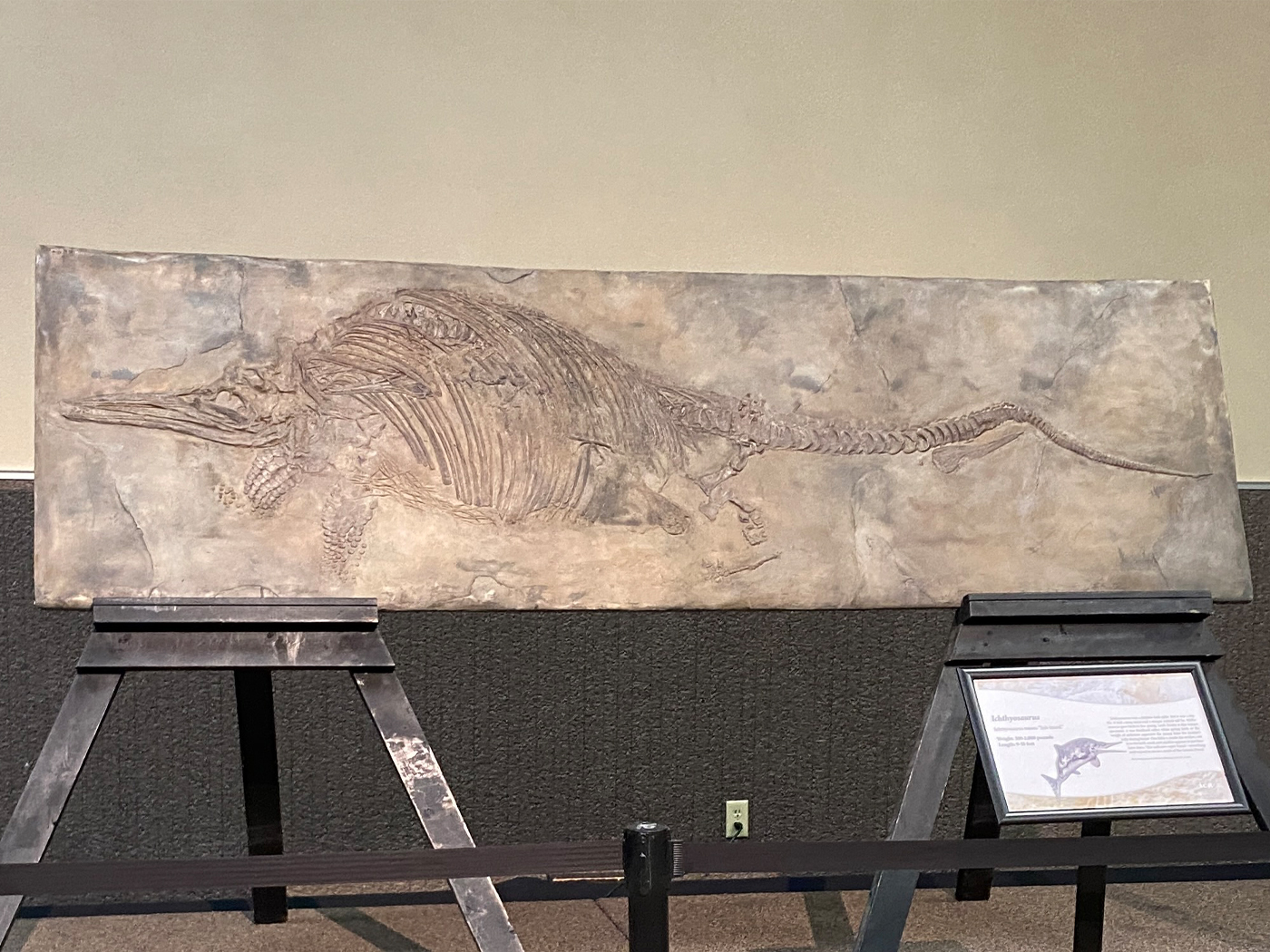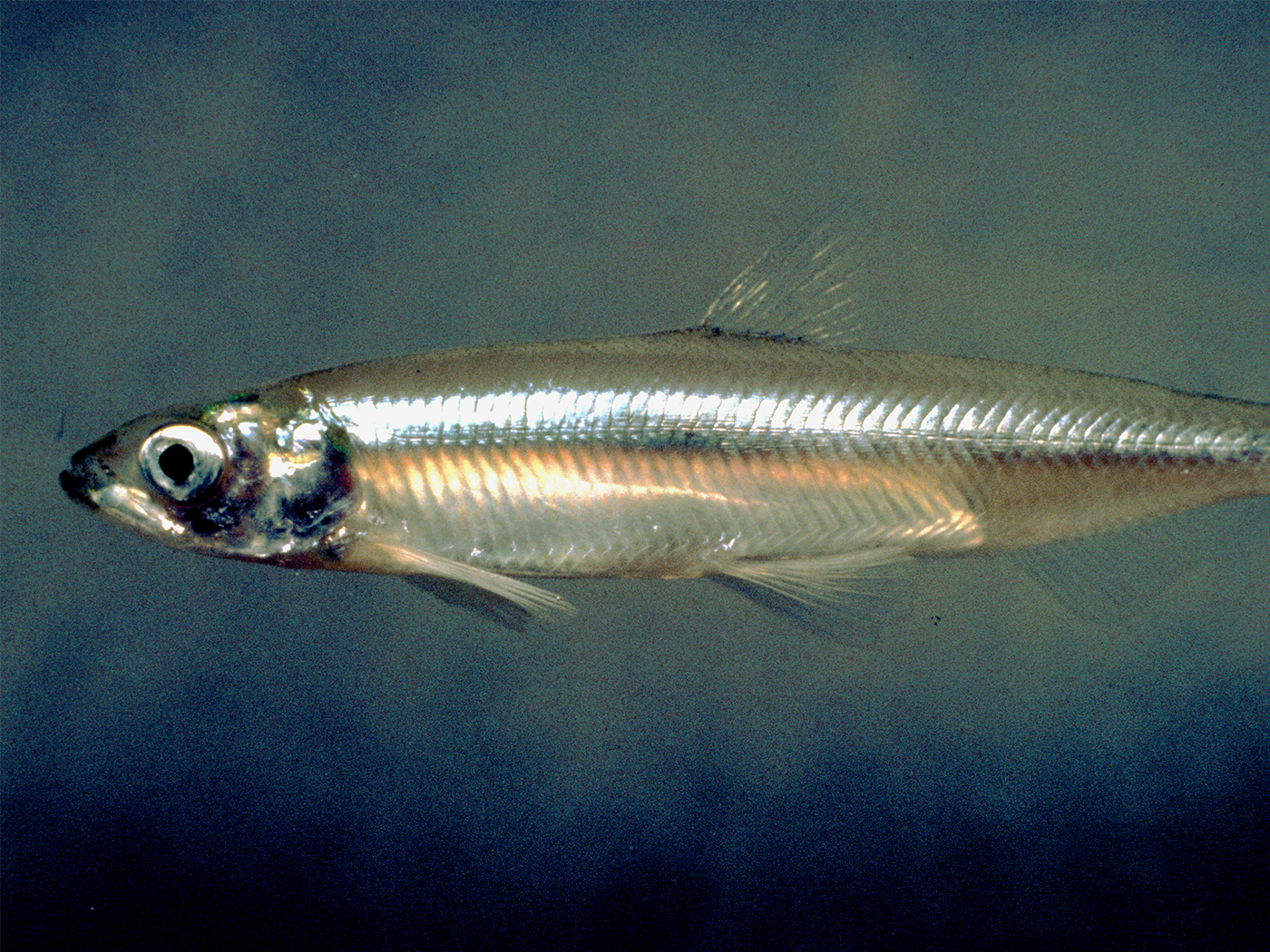Researchers have constructed a new evolutionary tree for flies that purports to show which types of fly likely evolved into other types. Researchers call this map the "new periodic table for flies."1 But this is misleading, since the table is subjective and historical and thus contrasts with the periodic table of elements, which was constructed based on repeatable experimentation.
A North Carolina State University press release stated:
Using the most complete set of fly genetic and structural anatomy data ever collected, the [research] paper shows that members of the oldest, still-living fly families are rare, anatomically strange flies with long legs and long wings that grow up in fast-flowing mountain waters.1
But how could genetic and structural data determine which of today's flies is most similar to "the oldest" flies? The procedure for building evolutionary trees requires many assumptions, and one of them is the decision of which fly best represents the "first" flies at the "root" of the fly evolutionary tree. Another assumption involves the decision about what to do with multiple fly families that share traits that they shouldn't share if they evolved from ancestral lineages that did not have those traits.
One manual that scientists refer to when building evolutionary trees stated, "When conflicts with that assumption occur (and they often do), they are explained by 'reversal,' 'convergence,' or 'parallelism'…. [These] are required as extra steps or hypotheses to explain the [conflicting age] data."2
Many prior evolutionary tree studies have amply demonstrated that the different "trees" that can be built from the same genetic and structural data are as numerous and varied as the investigators who construct them. Each scientist typically publishes a tree that looks different from the last one. Despite the use of scientific-sounding words like "phylogenomics"…which attempts to reconstruct the supposed evolutionary history of an organism using its gene sequence data… this constantly changing structure is a clear sign that the trees are subjective inventions that only masquerade as observable "science." The new fly tree shows no signs of breaking this mold.
The study, published online in the Proceedings of the National Academy of Sciences, stated that "recent research has suggested that fly relationships have been obscured by multiple episodes of rapid diversiï¬cation. We provide a phylogenomic estimate of fly relationships."3 In contrast, the periodic table of elements is short on "suggestions," is not "obscured" by episodes of unpredicted factors, and is not put together based on "estimated" relationships.
The periodic table of elements is also not a history chart, but a categorization of elements based on their testable properties. The NCSU press release constantly referred to the history of flies. But what scientific experiments could directly answer historical questions?
This diagram was clearly given the wrong nickname. And in all of the research conducted to fit fly data into a preconceived notion of fly evolution, the researchers have yet to find any data that challenge the concept that flies were created.
References
- Kulikowski, M. Fly Tree of Life Mapped, Adds Big Branch of Evolutionary Knowledge. North Carolina State University press release, March 14, 2011.
- Hall, B. 2007. Phylogenetic Trees Made Easy. Sunderland, MA: Sinauer Associates, 78. Cited in Thomas, B. Rare Insect Evolved at the Wrong Time. ICR News. Posted on icr.org December 30, 2009, accessed March 15, 2011.
- Wiegmann, B. M. et al. Episodic radiations in the fly tree of life. Proceedings of the National Academy of Sciences. Published online before print March 14, 2011.
* Mr. Thomas is Science Writer at the Institute for Creation Research.
Article posted on March 17, 2011.

















